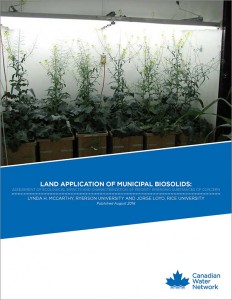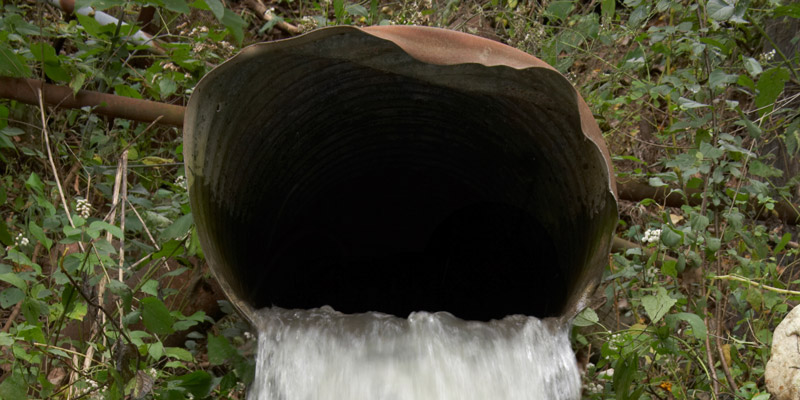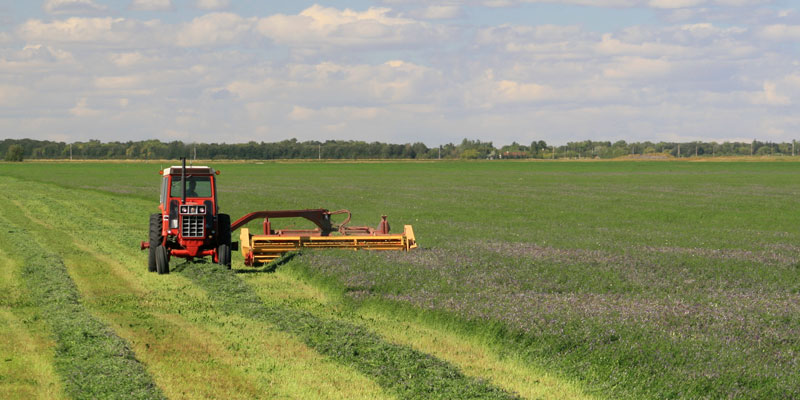Land Application of Municipal Biosolids: Assessment of Ecological Impacts and Characterization of Priority Emerging Substances of Concerns (ESOCs)
Principal Investigator - Lynda McCarthy, Professor, Ryerson University, 2013 - 2015

Challenge
The Canadian Council of Ministers of the Environment (CCME) has approved a national policy on the beneficial use of municipal biosolids in land application. Utilization opportunities for land application of municipal biosolids include forestry, land reclamation and agriculture. Application of biosolids helps with waste management and returns organic matter and nutrients to land. However, there is significant public concern regarding emerging substances of concern (ESOC) which are found in biosolids and have potential adverse effects on terrestrial and aquatic ecosystems. Additionally, there are concerns of ESOC entering our food system through plant uptake. The need to ensure an informed public and a safe and healthy environment necessitates a commitment to current science and research on land application of biosolids.
The interdisciplinary project team, led by Dr. Lynda McCarthy, will provide the most comprehensive investigation to date on the impacts of municipal biosolids land application on living organisms. This proposed research addresses the critical question: does the presence of biosolids on agricultural land equal adverse environmental impacts? Additionally, this research will help regulators and plant operators with meeting the CCME recommendation and will address public concerns regarding biosolids.
Project
| This project is divided into three main tasks: 1) to assess the impacts land application of biosolids has on biota, and soil-plant relations; 2) to assess the chemical make-up of biosolids, before and after treatment strategies; and 3) to assess the effects various pre-treatment strategies have on ESOC concentration in biosolids.
Most research available on the effects of biosolids has focused on single-species assessments, but this study will assess the contaminant impacts of biosolids on terrestrial and aquatic biota. The effects of biosolids will be tested on invertebrate and plant biota. Information concerning the behaviours and lifecycles of the species used in this study is extensive. Additionally, this study will explore how soil-plant relationships are impacted by biosoilds. These tests will help quantify toxicity thresholds of plants and soils. If biosolids do have a negative impact on the environment, then the responsible constituents need to be identified. It is also necessary that uptake of ESOC through biota is understood. This project will analyze a wide range of ESOC in biosolids, including pharmaceuticals, personal care products, fungicides, and flame retardents. This project investigates three biosolid pre-treatment processes: alkaline stabilization, composting, and resource recovery technologies. Alkaline stabilization and composting of biosolids are processes that reduce pathogens, however their effects on ESOC is unknown. Resource recovery processes could decrease the amount of biosolid waste, reducing the agricultural land requirements. However, the risks of this process have not been assessed. The uncertainties associated with these pre-treatment processes will be assessed in this project. |
Outputs
Anticipated outputs include:
- Workshop for end users planned for summer of 2014
- Presentations at: Water Environment Association annual conference and Biosolids seminars across North America including the Water Environment Association yearly WEFTEC conference, Water Environment Association of Ontario and the Northwest Biosolids Management Association annual conferences, Canadian Water and Wastewater Window on Ottawa and Wastewater Management Conference, Canadian Biosolids and Residuals Conference, Ontario Soil and Crop Improvement meetings, Association of Municipalities of Ontario/Rural Municipalities of Ontario Association conference, Federation of Canadian Municipalities conference, municipal open houses/info sessions
Outcomes
Anticipated Outcomes Include:
- Increased knowledge on biosolids impacts.
- Informed decision-making of provincial/territorial and municipal governments concerning future research needs, regulations, and biosolids management options.
- Inform end-users such as the farm community and land applicators with respect to their decision to use biosolids-based soil amendments.
- Inform decision-making for consultants and industry groups to mitigate or remove risks to the environment.





